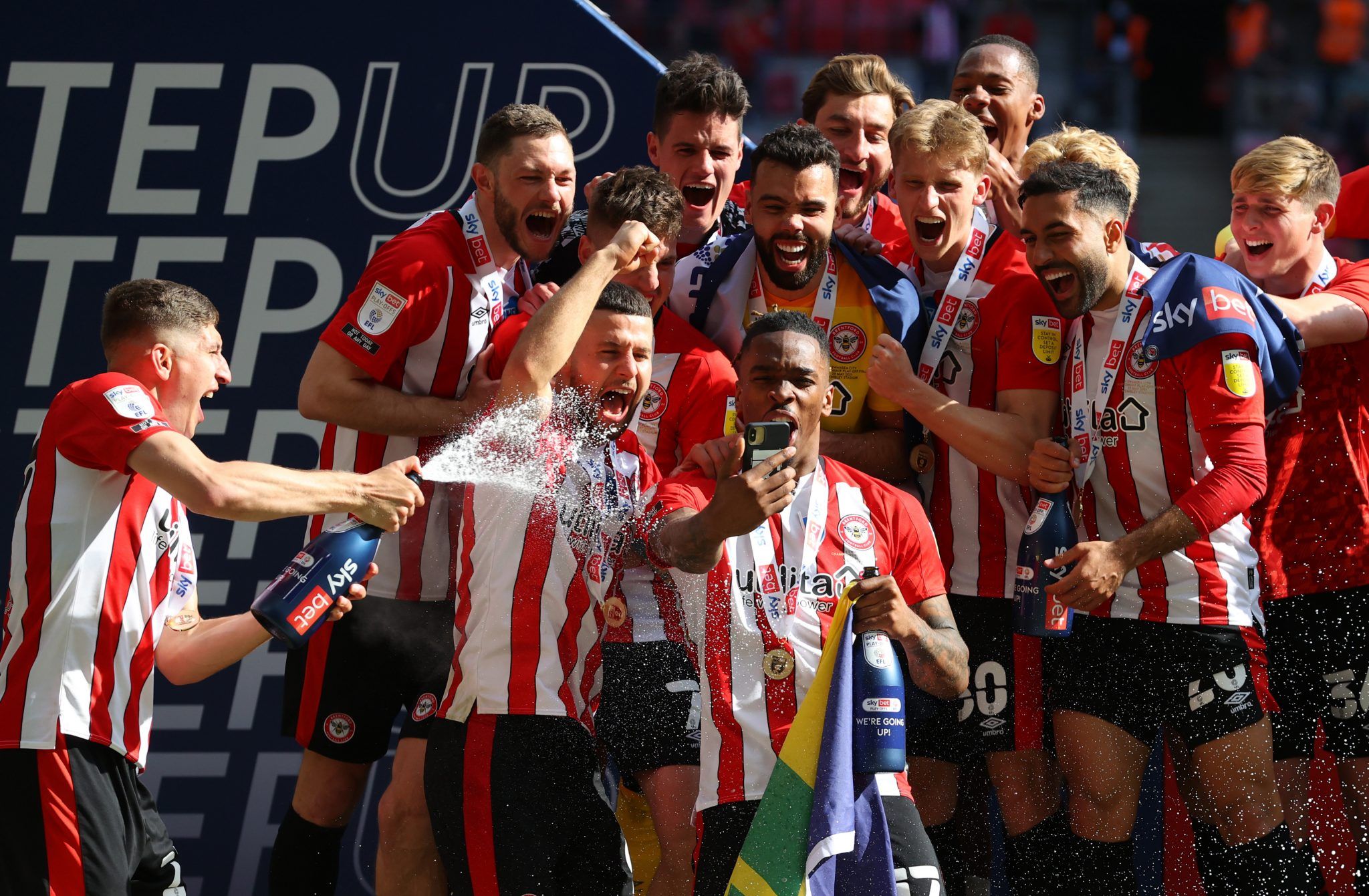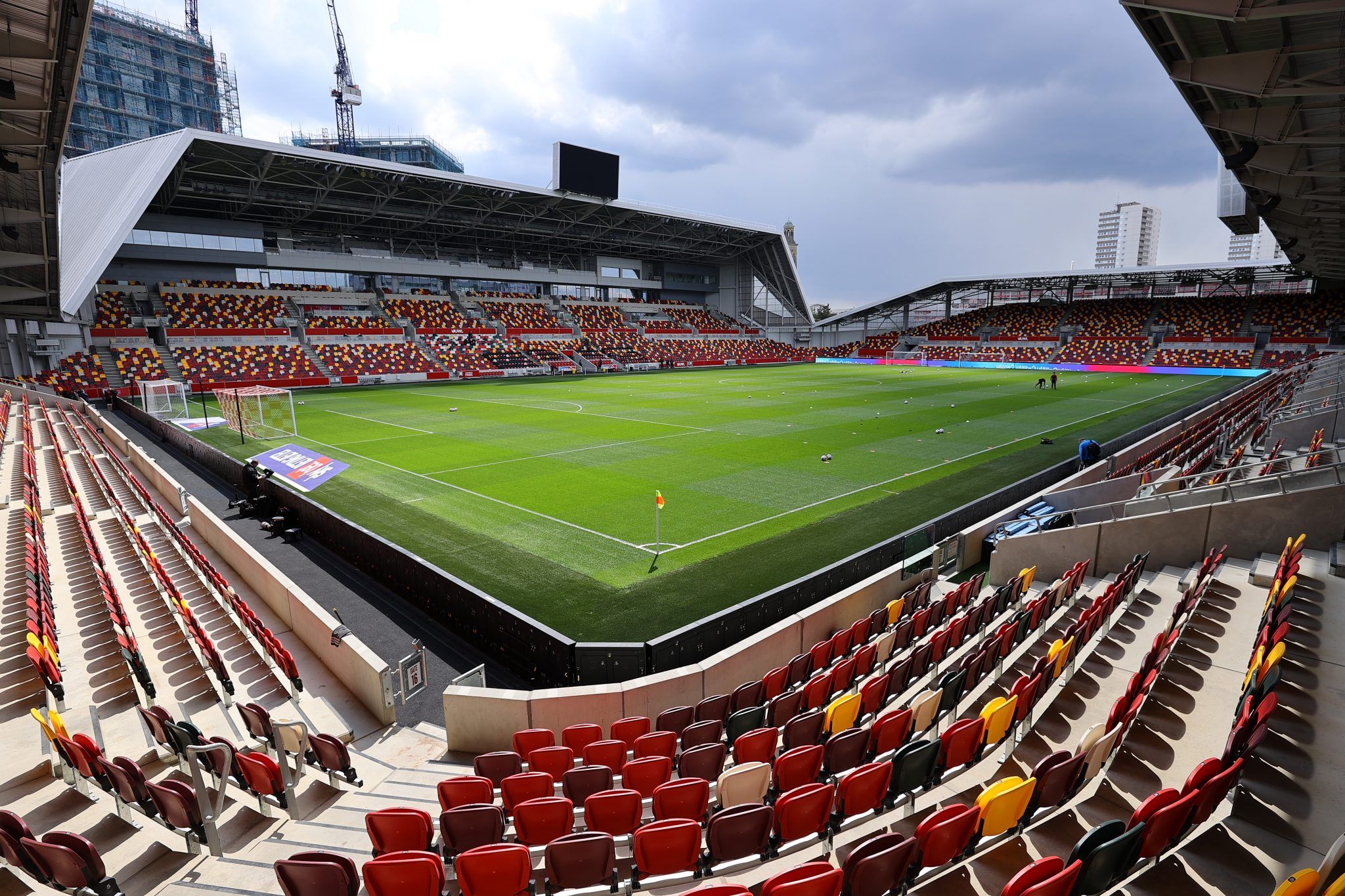Brentford made the agonising call to close their academy in 2016, favouring a different route
Friday night will be a proud moment for Matthew Benham. When he became owner of Brentford nine years ago, few would have imagined the journey would have taken them here, to the bright lights of the Premier League, in such a short space of time.
A lifelong supporter of the club who made his fortune through professional gambling and betting companies, Benham inherited a team that had finished ninth in League One in the 2011/2012 season. In the two decades preceding that, they had been confined to the third and fourth tiers of English football. Only once before in their 131-year history have they graced the top flight, relegated in 1947.
They embark on their maiden season in the Premier League having established a reputation as one of the world’s best-run football clubs, their ascent built on an understanding that they must be willing to do things differently to succeed. The shrewd manner in which the club conducts its player recruitment is the most obvious example of this: Benham’s faith in numbers and in-depth data analysis has revolutionised the club, drawing widespread praise in the process.
But while their rise to the top flight should rightly be viewed as an impressive achievement, it has not come easily. In honing the club into what we see today, difficult decisions have been made along the way – none more so than the abrupt closure of its seemingly flourishing academy five years ago.
On May 11, 2016, the parents of Brentford’s academy players were called to a meeting. Following an extensive internal review by Co-Directors of Football, Phil Giles and Rasmus Ankersen, the club intended to ‘restructure’. As a result, the parents were told, the full academy system – from Under-8 level through to Under-21s – would cease to operate with immediate effect. In its place the club would be running an ‘elite squad’ – essentially a B team – comprising of ‘around 18 players aged 17-21’.
Academy football can be a brutal, unforgiving world. The timing of this news – coming merely a fortnight after many of the boys had learned they were to be retained – underlined this.
“As you can imagine, it was quite a heated meeting,” Ose Aibangee, Brentford’s then-academy manager tells JOE. “There were difficult questions to be answered from some understandably emotional parents.”
Aibangee had been with Brentford for six years. Some of the boys who learned they were to be released that night had been with the club before he had arrived. He addressed the parents at the meeting, openly admitting his disappointment and frustration on their behalf.
“Clearly, the decision wasn’t mine but as academy director it was my duty to do my bit on the night,” he says. “I never really felt anger at the decision, more disappointed. I just felt that I’d let quite a lot of people down.
“We were proud of the work we did. You look at where we were, we had a higher calibre of players and staff than where the club was at the time. We were punching well above our weight, especially when you look at where we are geographically and who we were up against.”
Brentford’s decision had come in response to the restrictions imposed on them by the Premier League’s Elite Player Performance Plan (EPPP). The strategy aimed to improve the quantity and quality of homegrown players, but was met with criticism from some of the clubs outside of the top flight. In 2011, Gillingham chairman Paul Scally had openly lambasted it, saying it enabled the wealthier clubs to take young players without paying adequate compensation. The strategy had only been accepted by such clubs after the Premier League threatened to withhold funding for youth development.
Brentford, already dealing with the complications of operating an academy in London, where they faced strong competition for signing young players, found themselves vulnerable to losing players for miserly compensation fees before they broke into the first team. Put bluntly, with an estimated running cost of close to £2m a year, the academy simply didn’t make economic sense. The statement announcing the restructure explained as much:
‘The development of young players must make sense from a business perspective. The review has highlighted that, in a football environment where the biggest Premier League clubs seek to sign the best young players before they can graduate through an Academy system, the challenge of developing value through that system is extremely difficult.’
“To me, I’ve always felt that players will go if they feel the grass is greener elsewhere,” Aibangee says. “It was my job to make sure they didn’t feel that way. I understand that smaller clubs are always worried about players leaving though; it’s difficult when a player reaches 15 or 16 and moves on for thousands instead of making it to the first team and leaving for millions.”
The restructure represented a drastic shift in direction. Little over two years before it was confirmed, Brentford covered most of the costs of an impressive indoor facility at Uxbridge High School. Featuring a fully enclosed 60m x 50m 3G pitch, changing rooms, a gym, physio room and learning zones, it would be used by the club’s young players and the school’s students and had been deemed necessary if the academy was to achieve EPPP Category Two status. At its official opening in January 2014, Mark Devlin, Brentford’s CEO at the time, added that it highlighted the club’s commitment to its “strategic decision to invest in Youth.”
Aibangee also spoke that night, praising Benham and the club’s board of directors for making it possible. While the impacts of EPPP are often cited as the reason for the academy’s closure, he is less critical of the strategy.
“Looking back,” he recalls, “EPPP was a positive thing in many regards. I think it made academy football more professional. It gave staff full-time jobs rather than balancing trying to develop elite players with their second job as a taxi driver.
“Football needed measures. My issue with it was more that the measures it brought were quantitative rather than qualitative. It didn’t seem to matter how good your staff and players were, it was more about how much – how many staff, players, pitches. Not how good your players, staff and pitches were. The focus was more about how much money you were putting in.”
Put simply, the B Team model was seen as the best way of producing first-team players for Brentford. Leaning on their extensive data systems, they focused on targeting young players released by Premier League academies as well as acquiring talent from perceived undervalued markets overseas. When needed, the better players would be given opportunities in the first team.
Their novel approach to player recruitment has seen them generate close to £90m from the sales of Ollie Watkins, Said Benrahma, Ezri Konsa and Neal Maupay. Despite selling Watkins and Benrahma in the months that followed their play-off final defeat to Fulham a year ago, the departures did not dampen the team’s bid to reach the Premier League under Thomas Frank. The club paid £5m to Peterborough for Ivan Toney as Watkins moved to Aston Villa, a fee which he more than justified with a Championship record return of 31 goals.
“I understand why they took the decision to go in this direction,” Aibangee says. “Taking Watkins as an example, he was by no means a guaranteed first team player when they signed him, but he’s more of a guarantee than signing up a child at under-9 and hoping you can bring him all the way through to the first team. It makes sense from that point of view, especially when a club has to think about resources.”
Aibangee will be watching on with interest when Brentford host Arsenal on Friday night. He holds no bitterness towards his old club over what happened; he accepts that this is simply the ruthless nature of the industry.
“I’ve still got friends and staff I employed working there. Most of the players released found new clubs, as did the staff. They’ve all done well and I’m proud of them.
“At some point, tough decisions need to be made when running a football club. I can’t say they were wrong, even if I feel like things could’ve been successful if it stayed together, but conversely, what they’ve done from that point with recruitment is unbelievable.
“It doesn’t work for every club. Before any chairmen get any ideas, it’s not as simple as ‘close your academy, get in the Premier League’. It doesn’t work that way. The reason Brentford have worked is because their recruitment is outstanding, the owner has systems and statistical analysis at his disposal that’s allowed them to do that.
“The owner there deserves this. He’s a proper fan of the club and has put a lot in. I’m happy for them.”
Perhaps it’s unfair to say promotion to the Premier League represents total justification of Brentford’s decision to close the academy. But as agonising as that meeting five years ago was for the club, viewed through the prism of the way in which modern football operates, it was a logical step. Without it, Brentford would likely not be where they are today.







































